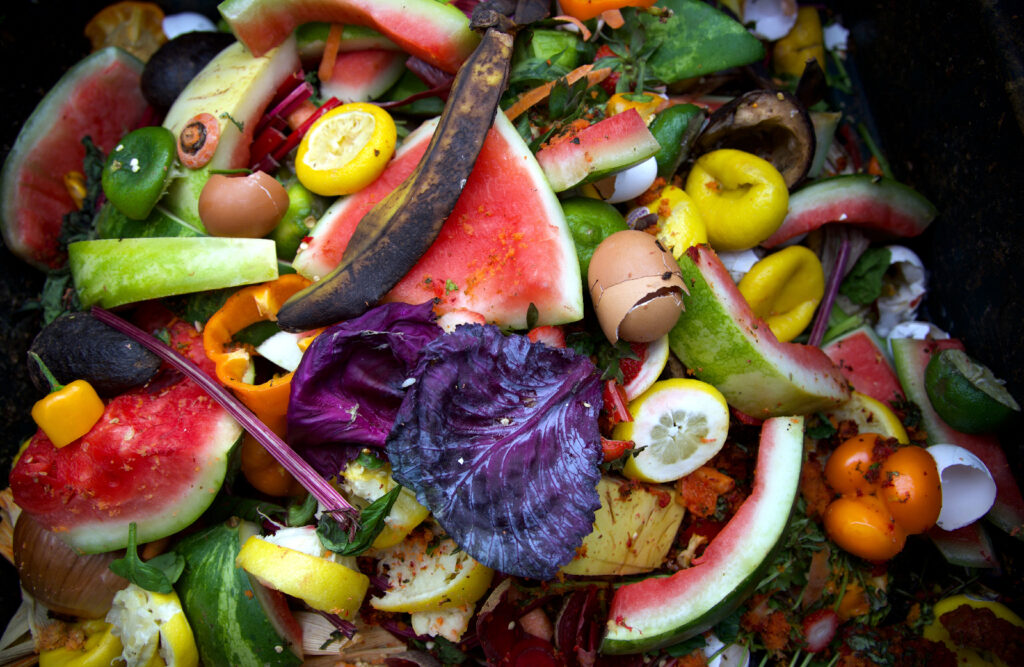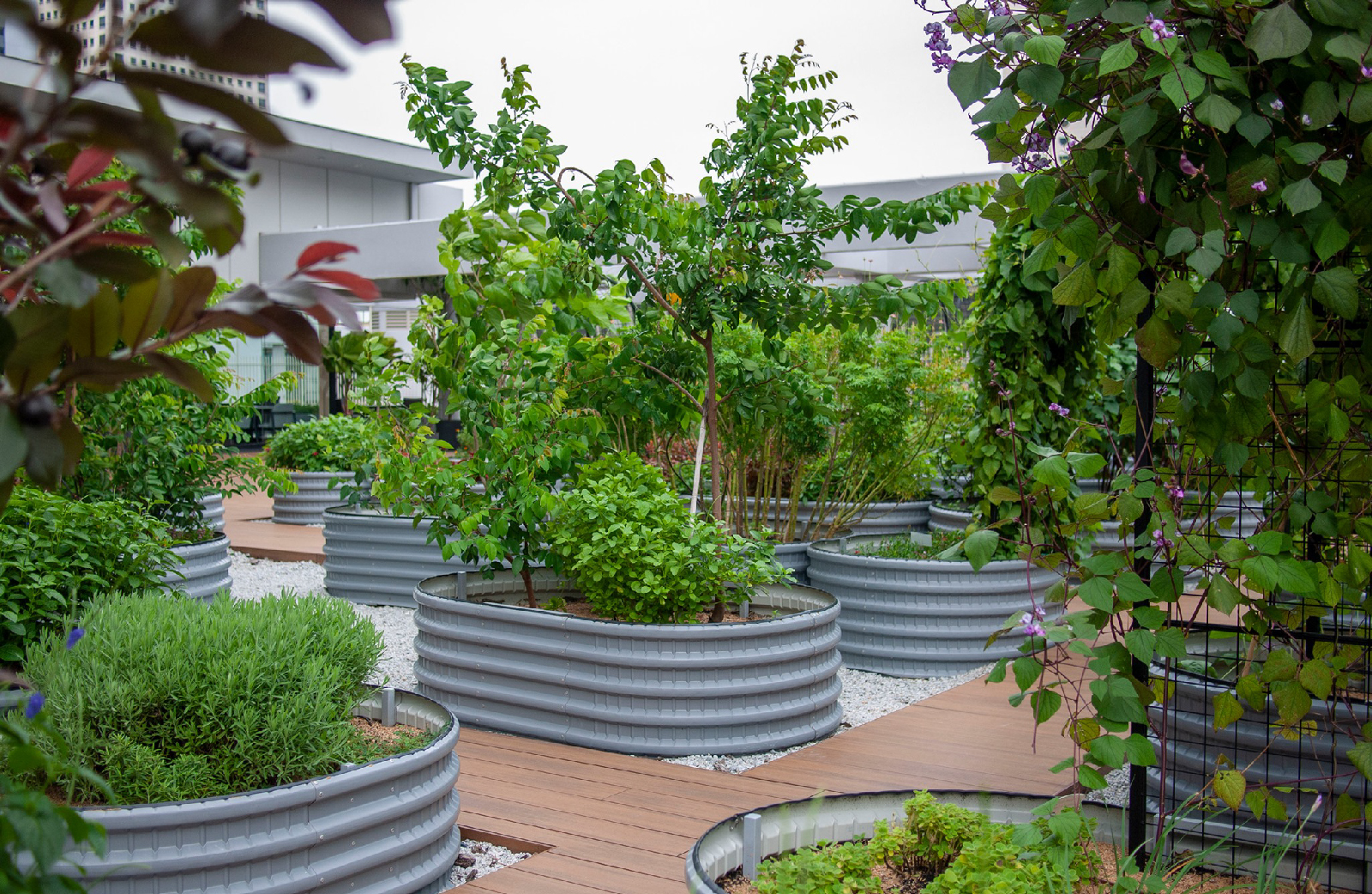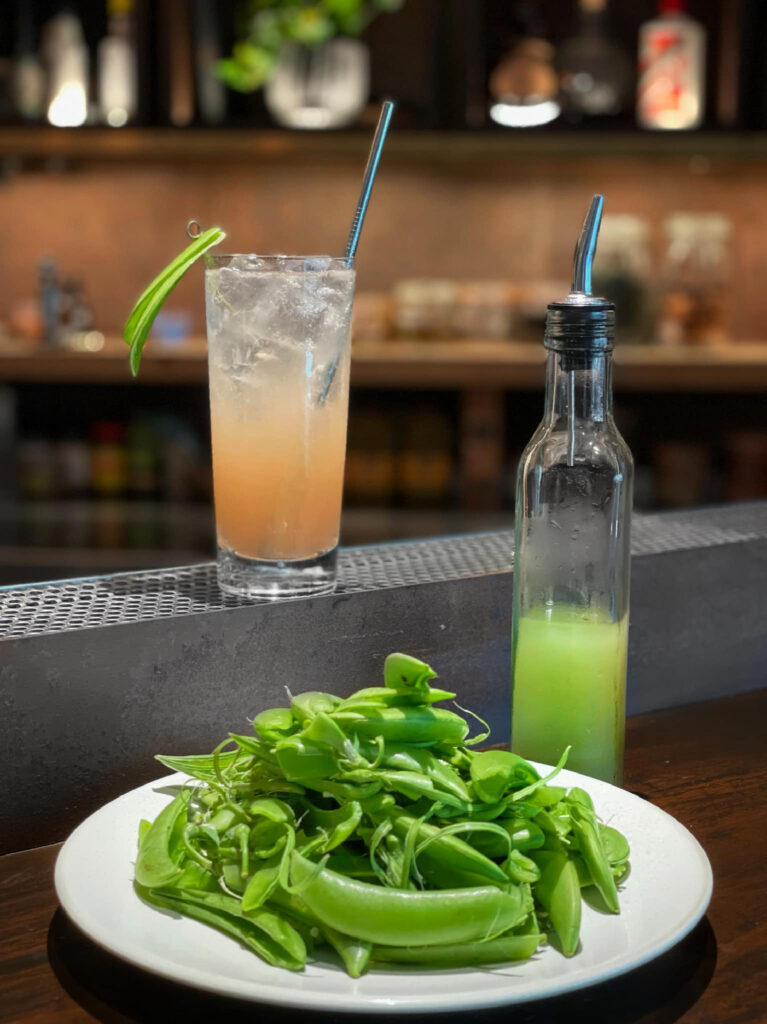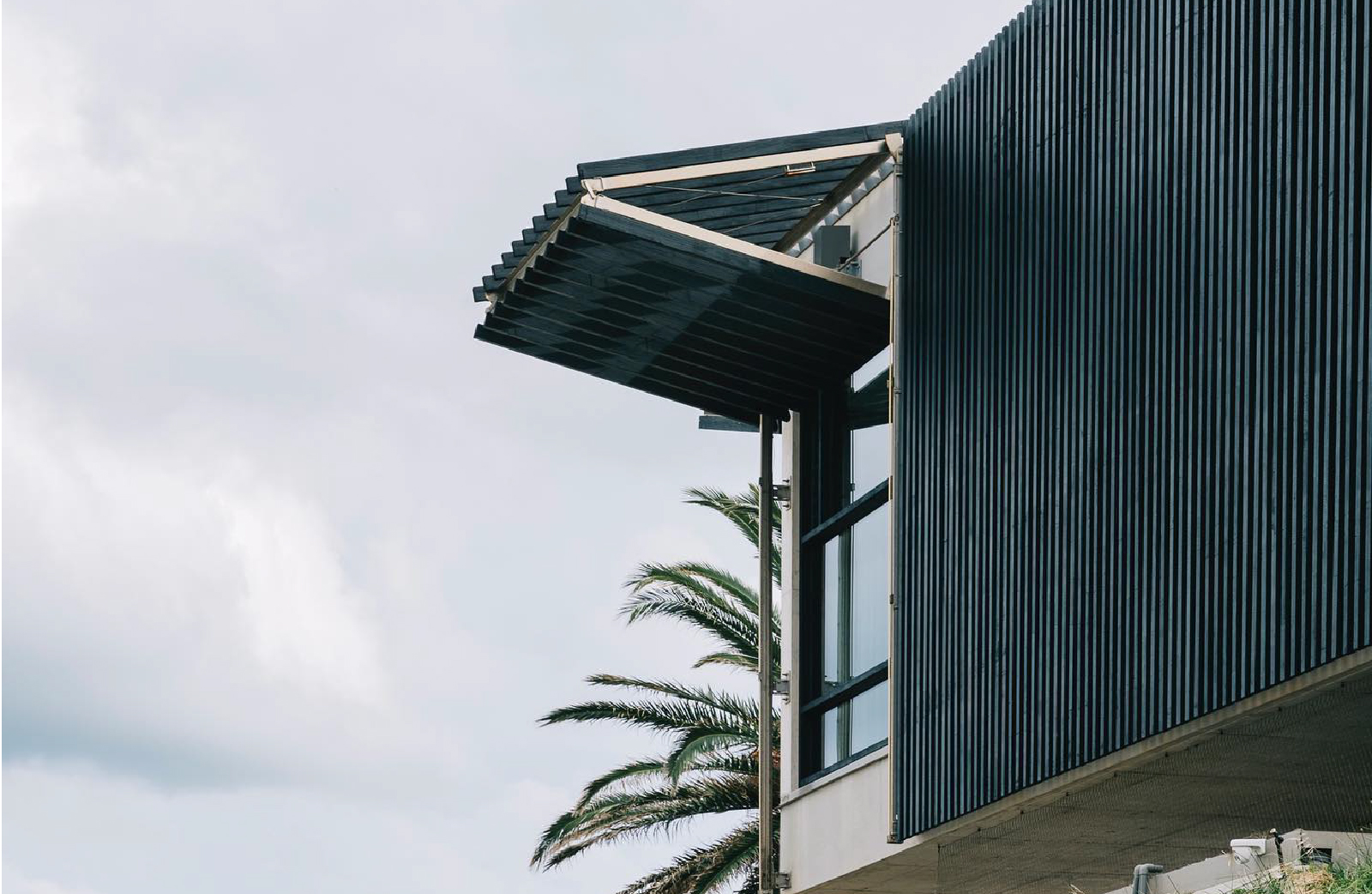5 Ways Restaurants Can Do More When It Comes to Implementing Sustainable Practices
As significant contributors in the food and beverage (F&B) sector in Asia, eateries possess the remarkable potential to propel beneficial transformations by being eco-friendly.
17 July 2023
Share this exclusive content from Saladplate

Did you know that Asia is responsible for nearly 50% of the world’s food waste | Photo Credit: Shutterstock
Sustainability has become vital in the Asian food industry and is no longer just a buzzword. According to the Food and Agriculture Organization of the United Nations (FAO), Asia is responsible for nearly 50% of the world’s total food waste. With over 250 million tons of food wasted annually, amounting to economic losses exceeding $170 billion, immediate action is required, and every step counts.
Restaurants, as key players in the food and beverage (F&B) industry, have a tremendous opportunity to drive positive change in Asia.
Here are 5 ways in which restaurants can truly walk the talk when it comes to being more sustainable. Steps that go beyond the optical practices of banning single-use plastics and are a deep dive into a more conscious way to serve, eat and operate.

The Urban Farm at PARKROYAL COLLECTION Marina Bay is one of the largest rooftop urban farms in Singapore’s Central Business District and is home to more than 60 varieties of edible herbs, flowers, fruits and vegetables. Photo Credit: Edible Garden City

Leftover pea pods are repurposed into a cocktail by Roganic’s creative bartenders | Photo Credit: Roganic, Hong Kong

The beachside Stokehouse has been built to be sustainable, seen here are their operable screens that help to manage the sun’s glare Photo credit: Stokehouse Precinct, Australia
Restaurants may be part of the impact the food system has on the environment, but they can also be part of the solution. They can reduce their carbon footprint by implementing energy-efficient measures, sourcing locally and using ingredients with lower emissions as well as minimizing food waste through composting or other methods, and promoting eco-friendly packaging and delivery options. For establishments looking to be handheld on their sustainability journey, consultancies such as Future Green even offer a three-day intensive programme called the Food Sustainability Sprint with clients that include Amber at the Landmark Mandarin Oriental standalone cafe Uma Nota in Hong Kong.



